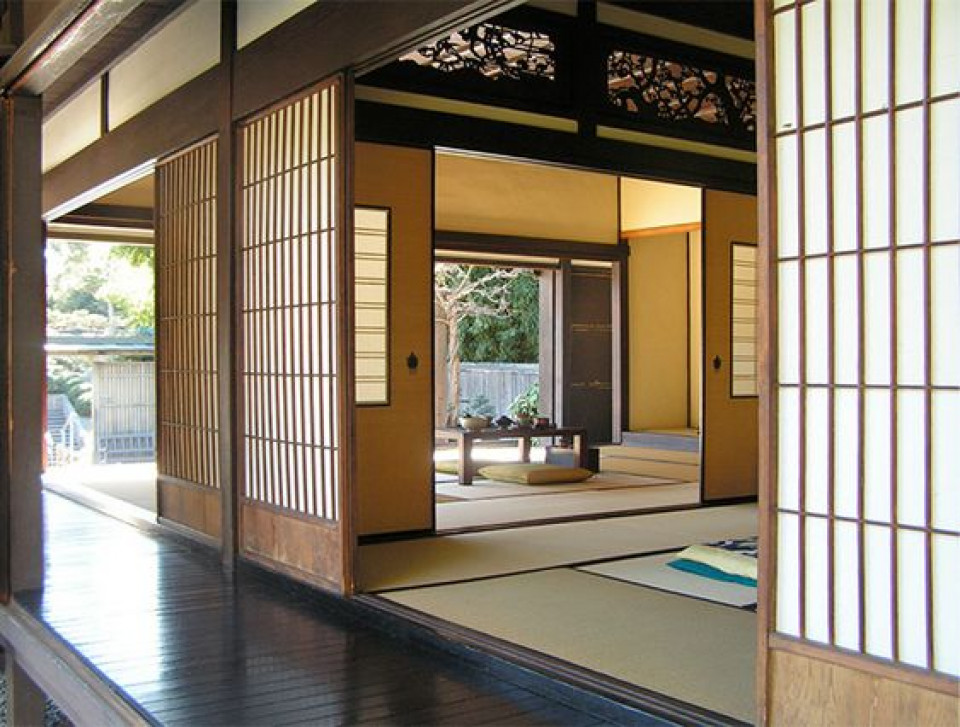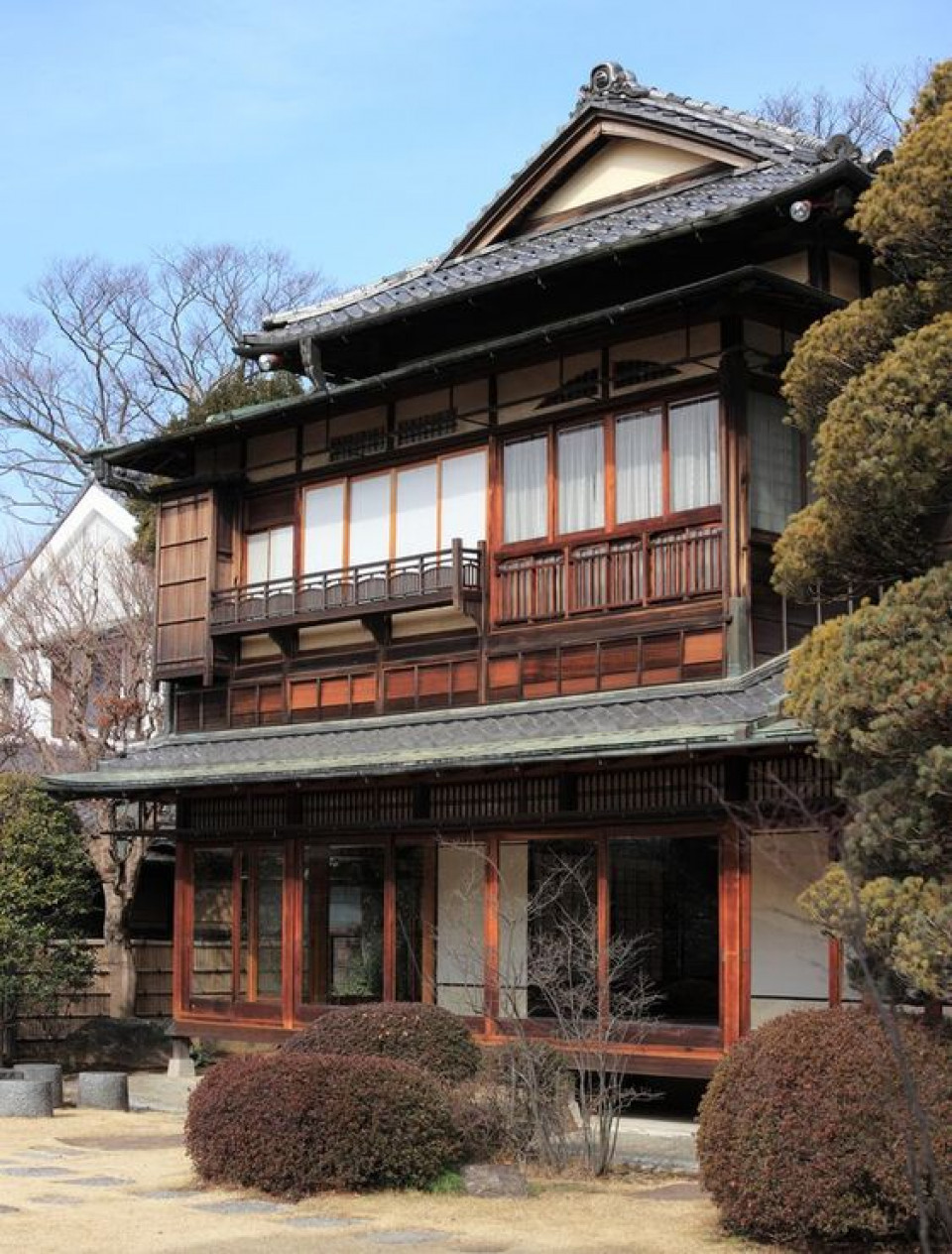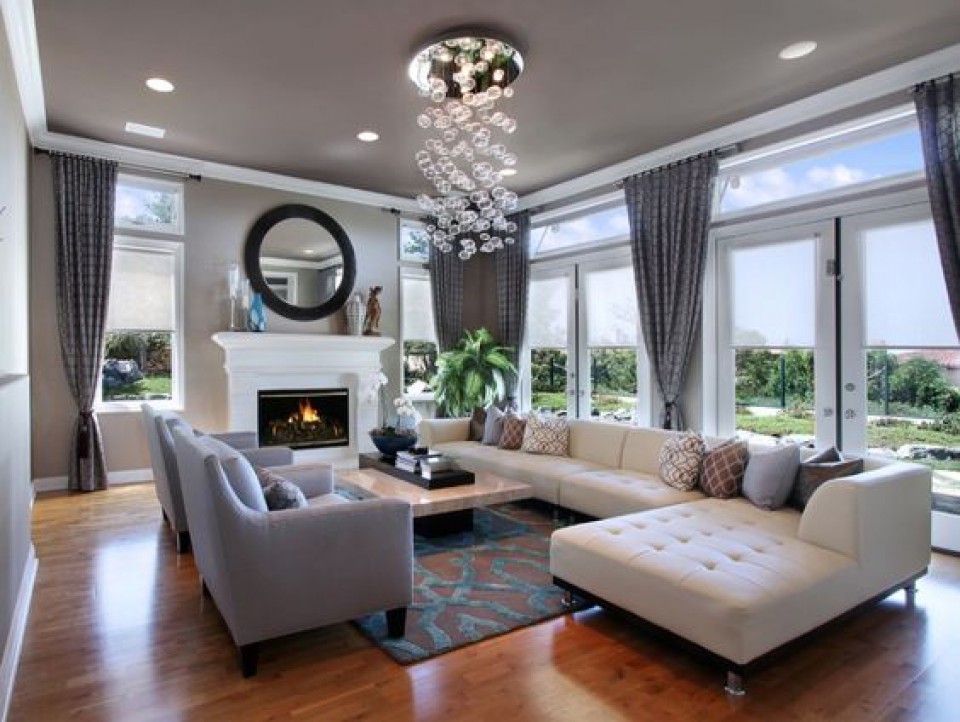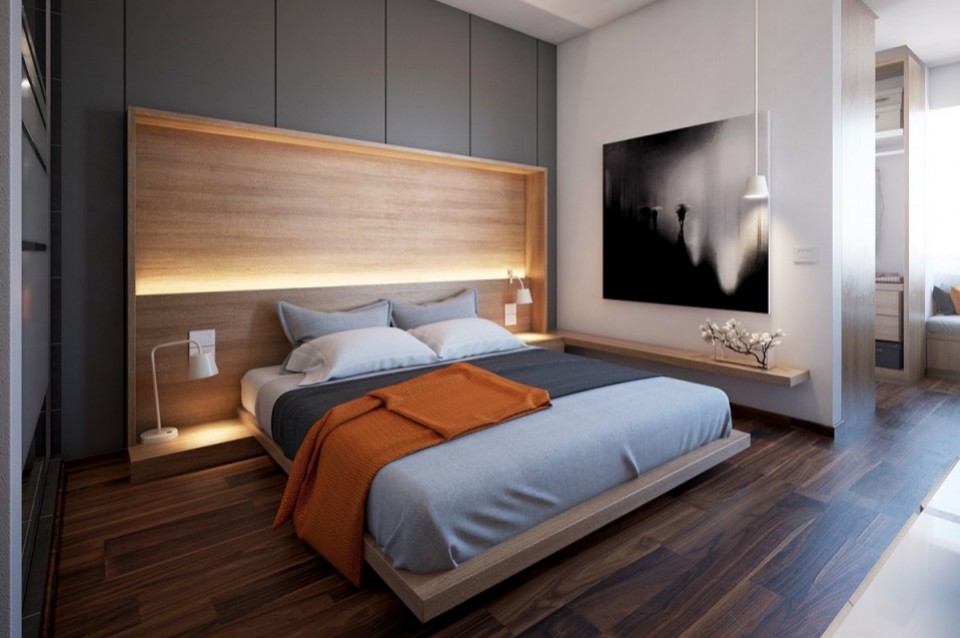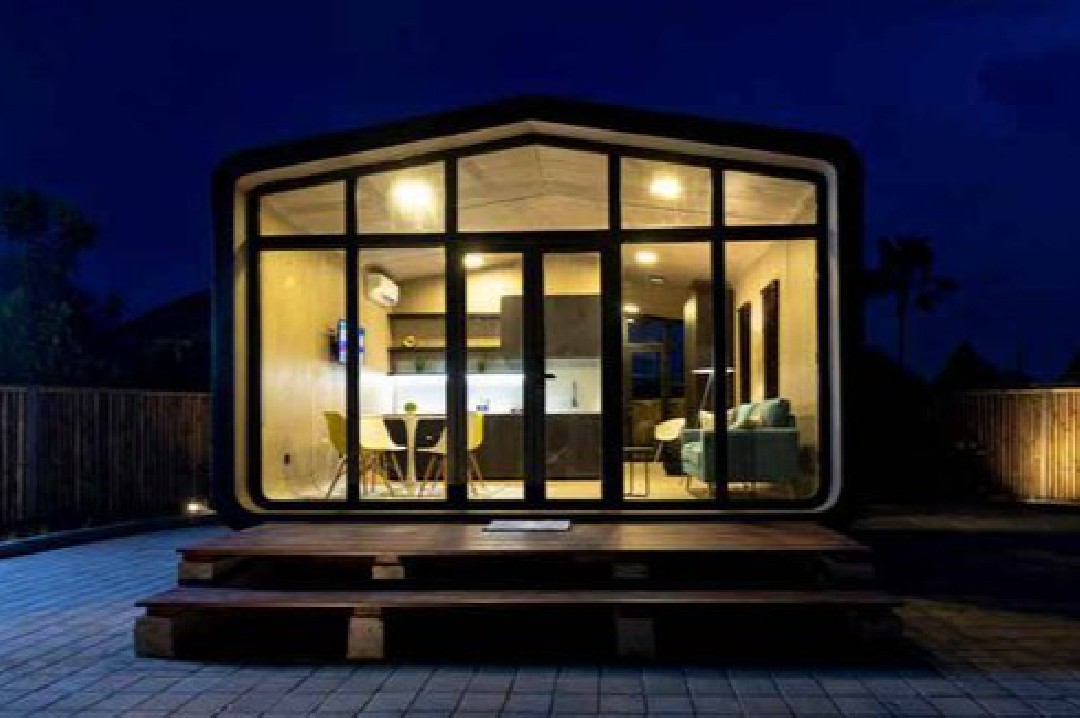Principles of Japanese Minimalist Home Design, Let's Take a Look!
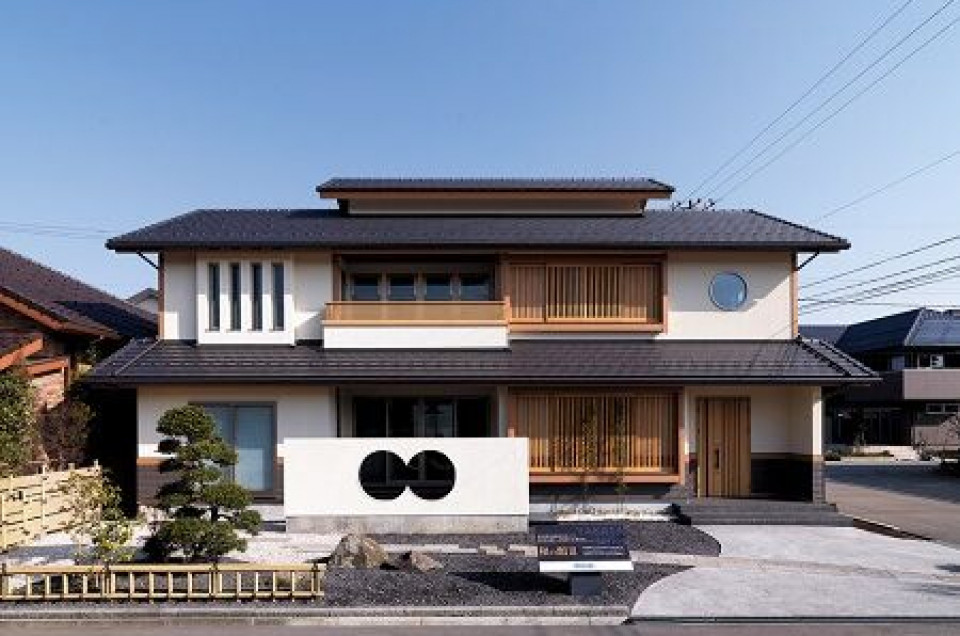
Having a home that differs from your own country is always intriguing. For instance, in Indonesia, many are interested in creating homes with a Japanese theme. Japan has distinctive house designs both in terms of exteriors and interiors. Japanese architecture is closely connected to cleanliness, simplicity, balance, ancient traditions, and a deep appreciation for nature's beauty.
However, designing a Japanese-style home requires understanding its principles. Creating a Japanese home without adhering to its principles or characteristics can lead to errors, such as deviating from the core concept.
Are you interested in creating a Japanese-style home? If YES, let's explore its principles! Happy reading.
1. Sliding Doors
The first principle involves sliding doors, especially if they feature beautiful paintings. Have you ever watched Japanese movies, anime, or shows like Doraemon on television? In these productions, sliding doors are often used, even for cabinets.
Sliding doors are space-saving and eliminate the need for traditional opening and closing by sliding them instead.
 i.pinimg
i.pinimg 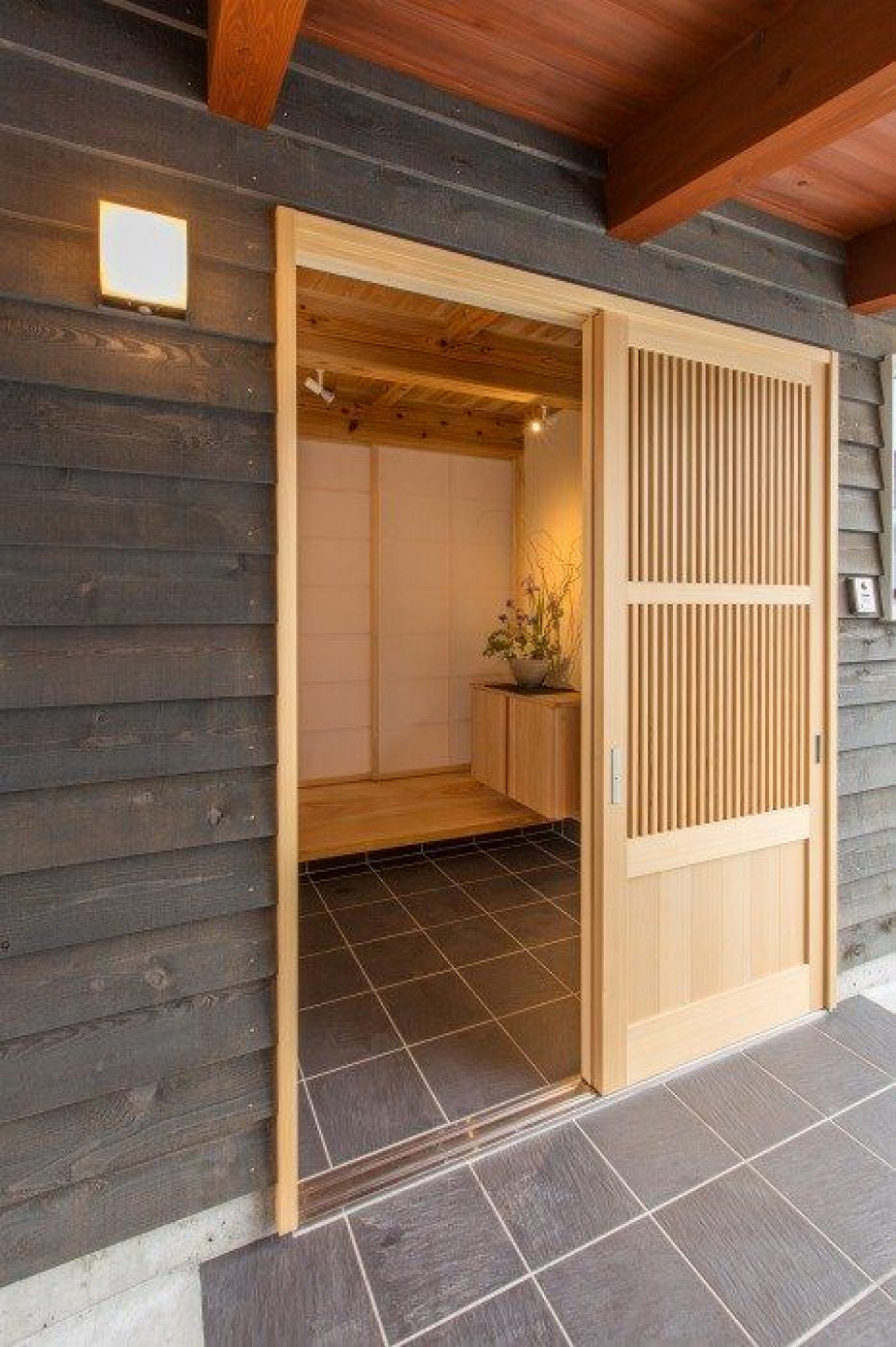 macs-inc.co.jp
macs-inc.co.jp 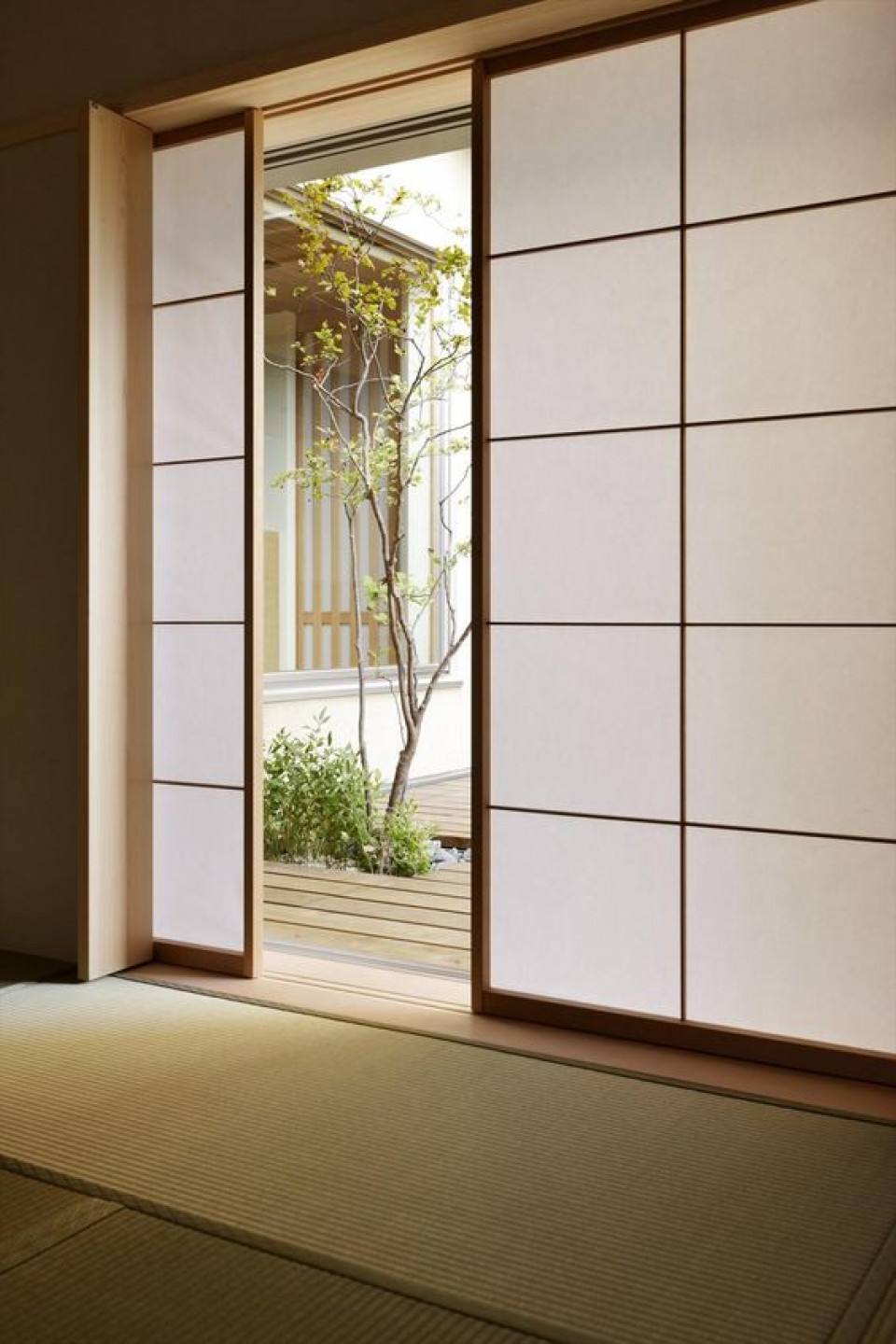 archello.com
archello.com
2. Room Transitions
This area is called "genkan," where guests are received and shoes are exchanged for sandals before stepping onto the tatami floor.
Usually equipped with a rack or "getabako" (Japanese shoe rack), this space is used to store shoes and other items.

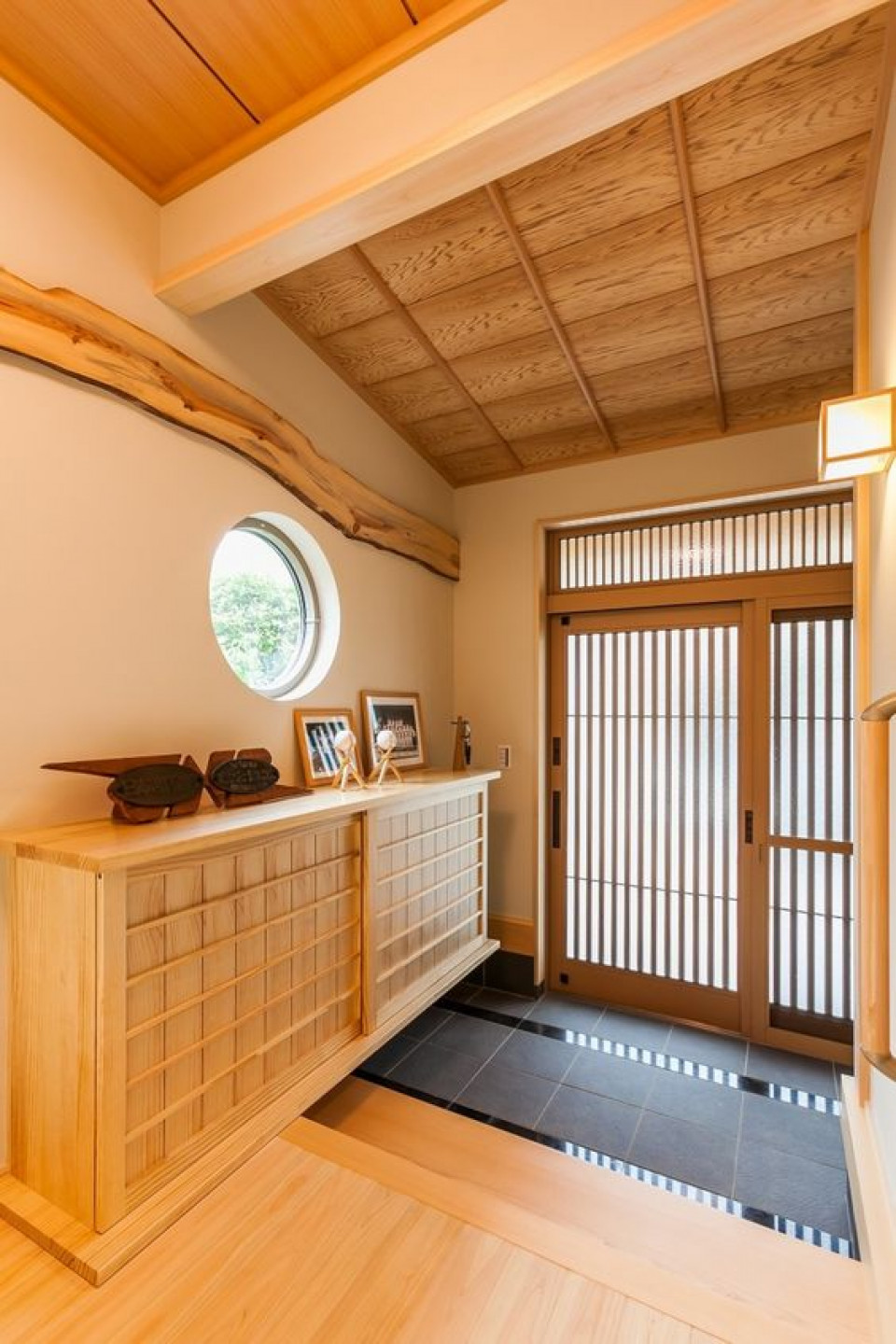
3. Open Spaces
This concept emphasizes natural lighting that enters the house and the use of wooden furniture, strengthening the Japanese home ambiance.
In Indonesia, open space designs exist as well, often seen in minimalist homes with large windows or numerous windows.
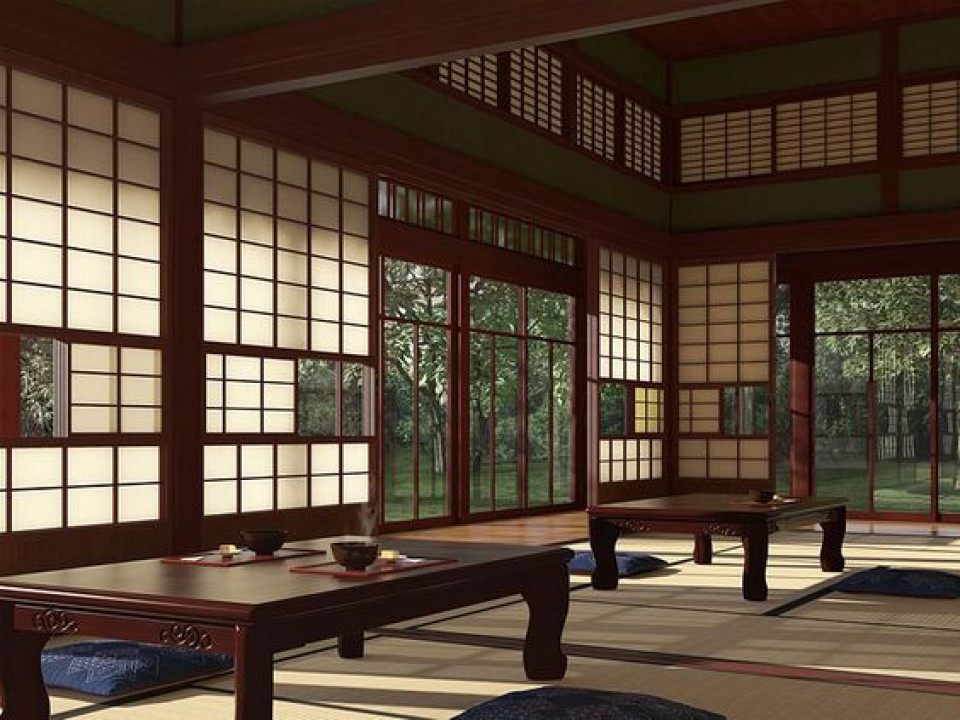 cgarchitect.com
cgarchitect.com  traditional-japan.tumblr.com
traditional-japan.tumblr.com
4. Broad Roofs
Wide roofs direct heavy rainwater flow and allow residents to open doors for ventilation without letting rainwater enter.
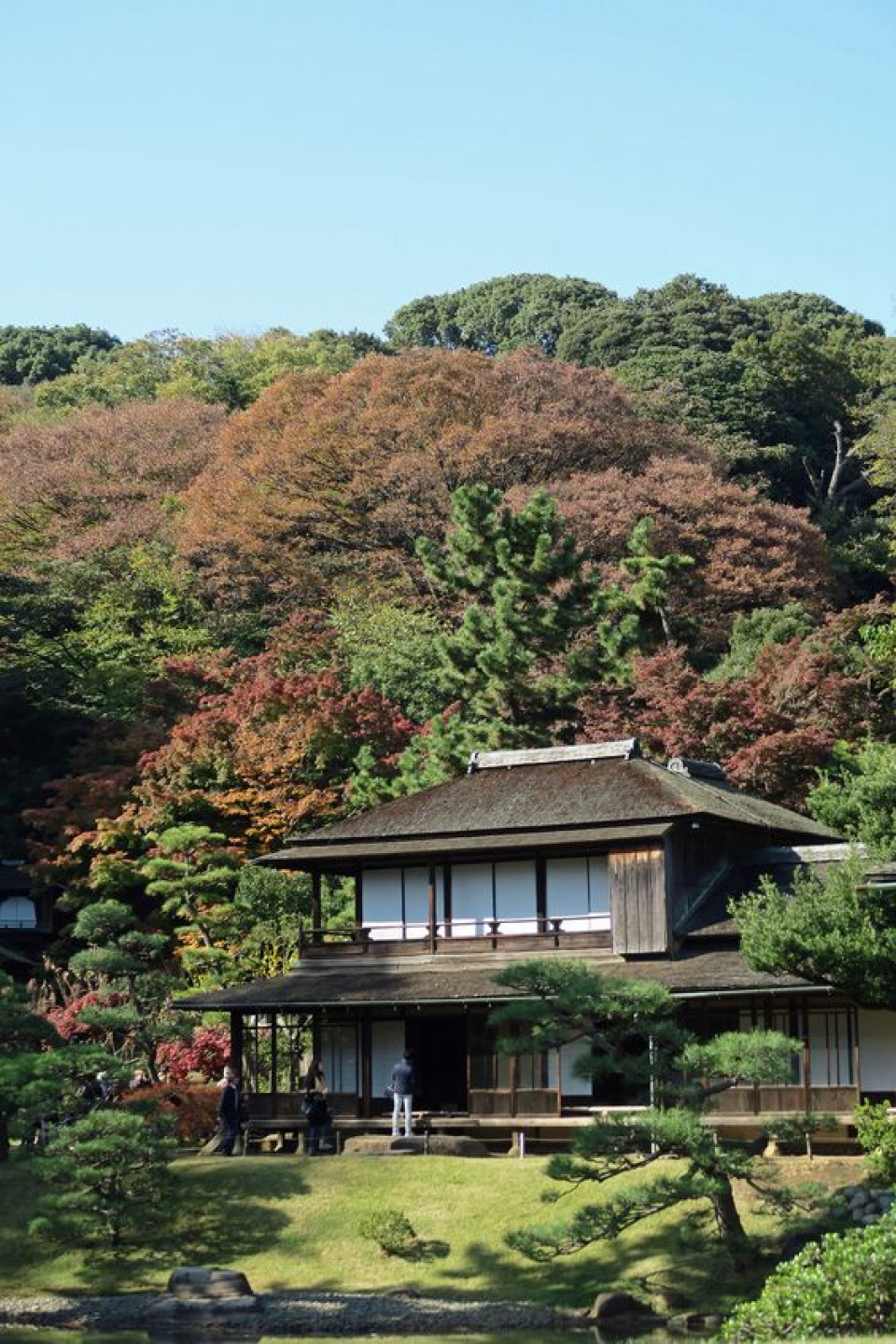 ninetail-fox.tumblr.com
ninetail-fox.tumblr.com  laconservancy.org
laconservancy.org
5. Use of Wood/Bamboo Elements
Wood or bamboo furniture is commonly used for walls, roofs, and even floors in Japanese homes. This concept harks back to traditional Japanese homes, as these elements were frequently used in the past. While modern homes now adopt this style, the essence of wood and bamboo still remains.
6. Presence of Plants around the House
In Japan, having plants inside or around the house is highly recommended for a Japanese-themed home. The presence of plants growing directly from the ground inside the home becomes prominent when combined with wooden or bamboo structures, sliding doors, wide roofs, room transitions, and open spaces. This enhances the strong Japanese ambiance you desire.
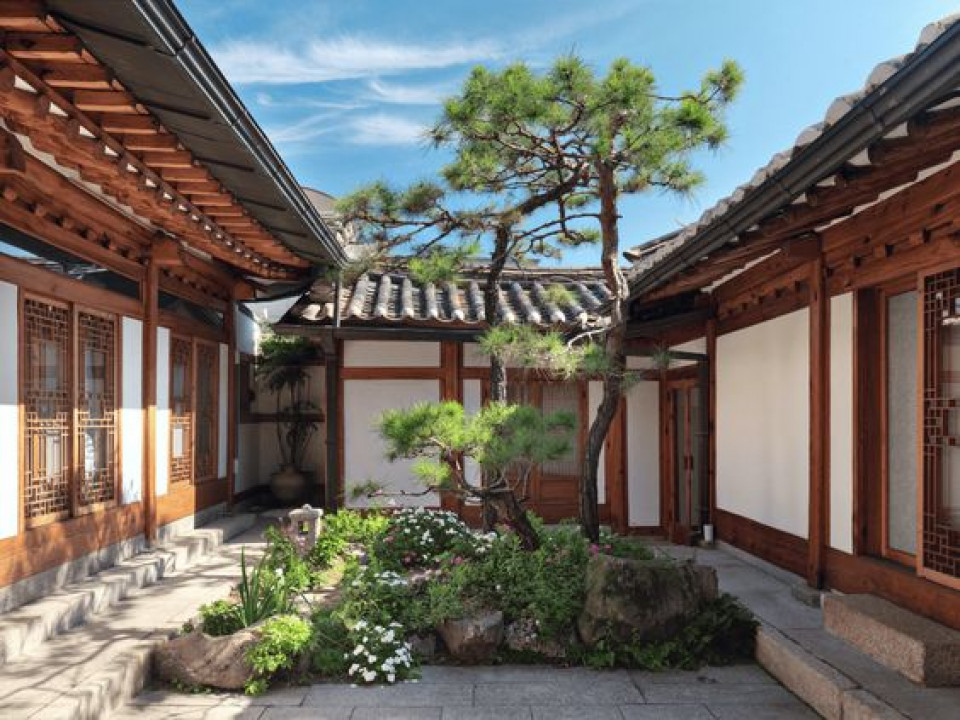 shop.designmiami.com
shop.designmiami.com 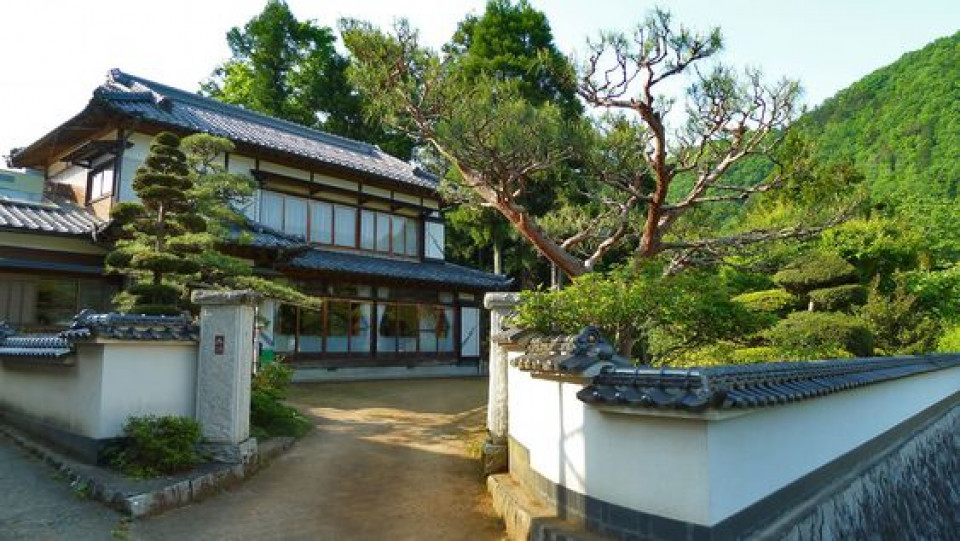 resources.realestate.co.jp
resources.realestate.co.jp
These are some principles you should be aware of if you're considering creating a Japanese-themed home. Hopefully, this article will help and provide valuable insights! Thank you.

 sinwanet.co.jp
sinwanet.co.jp